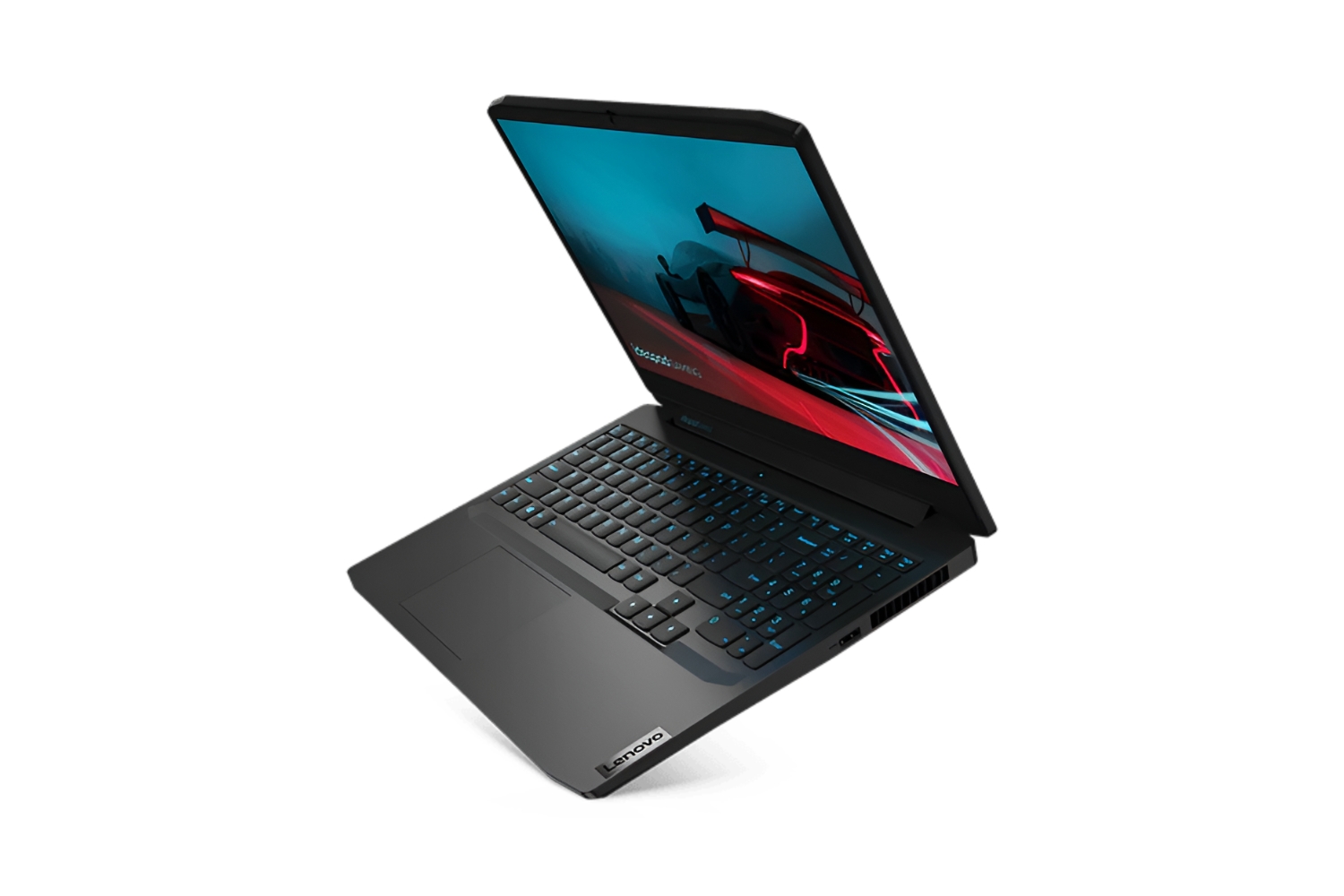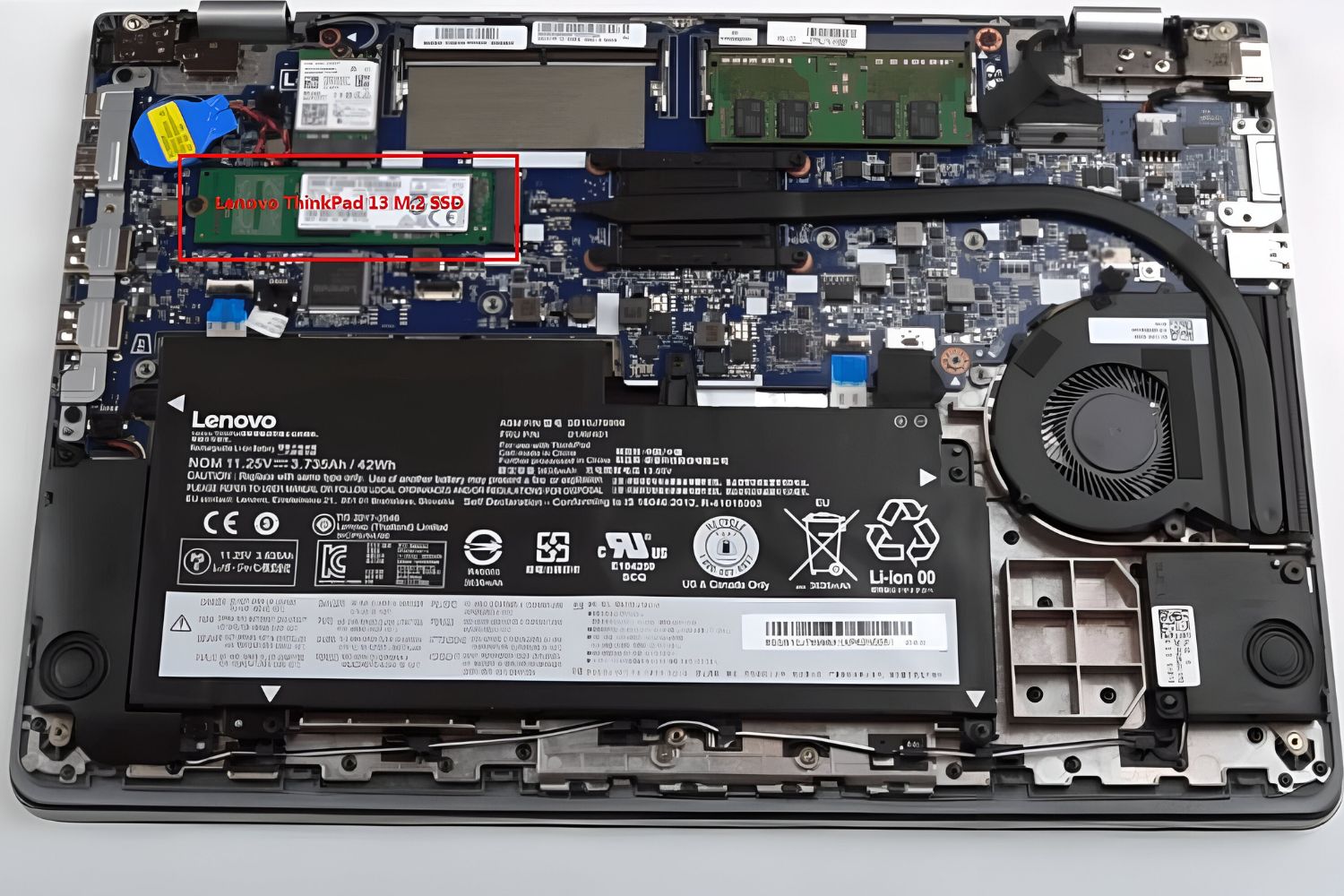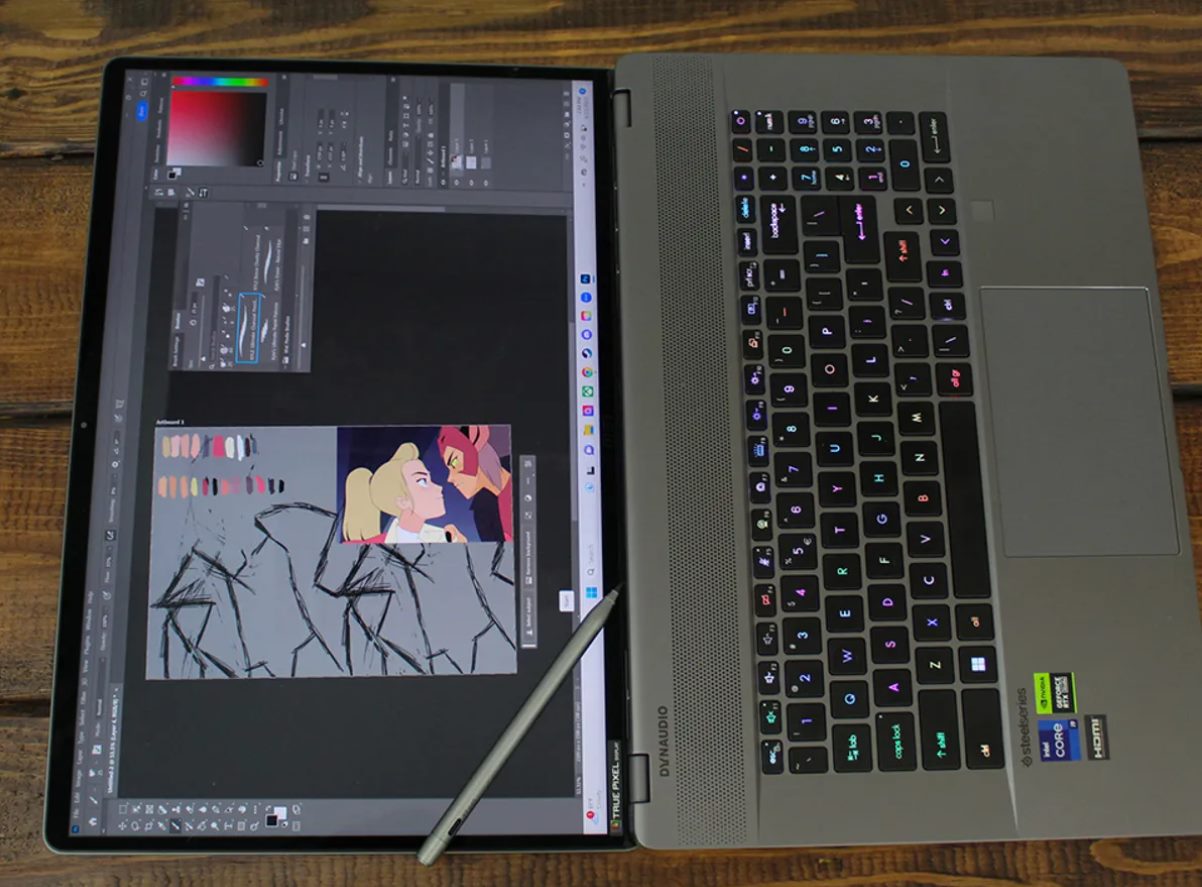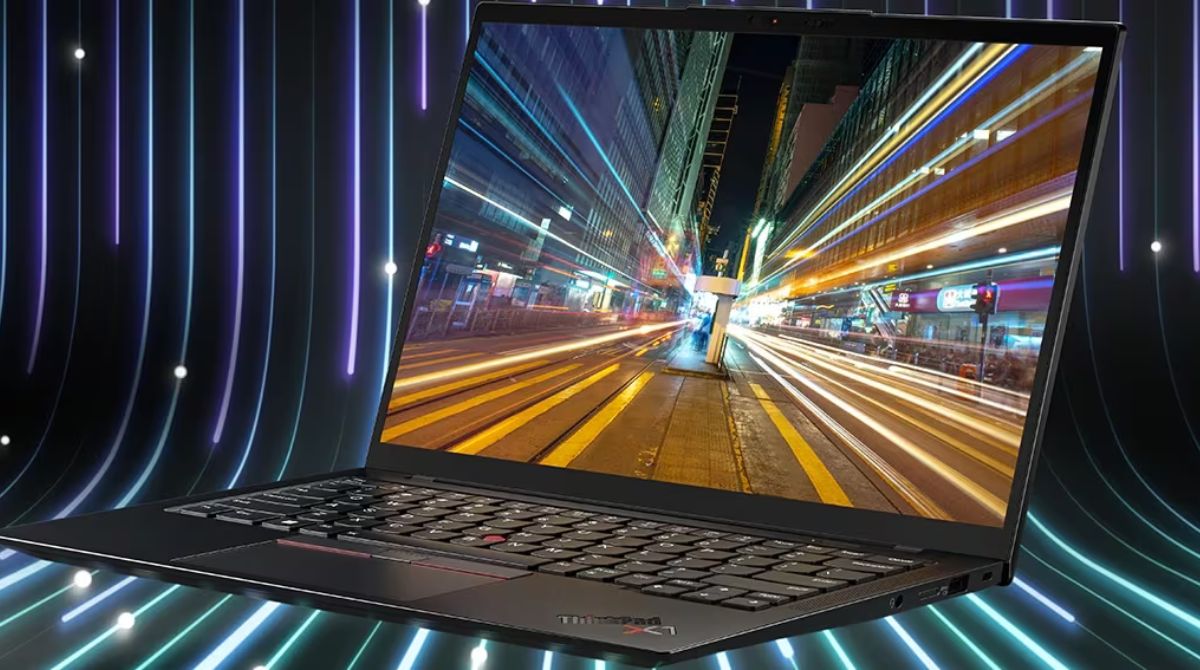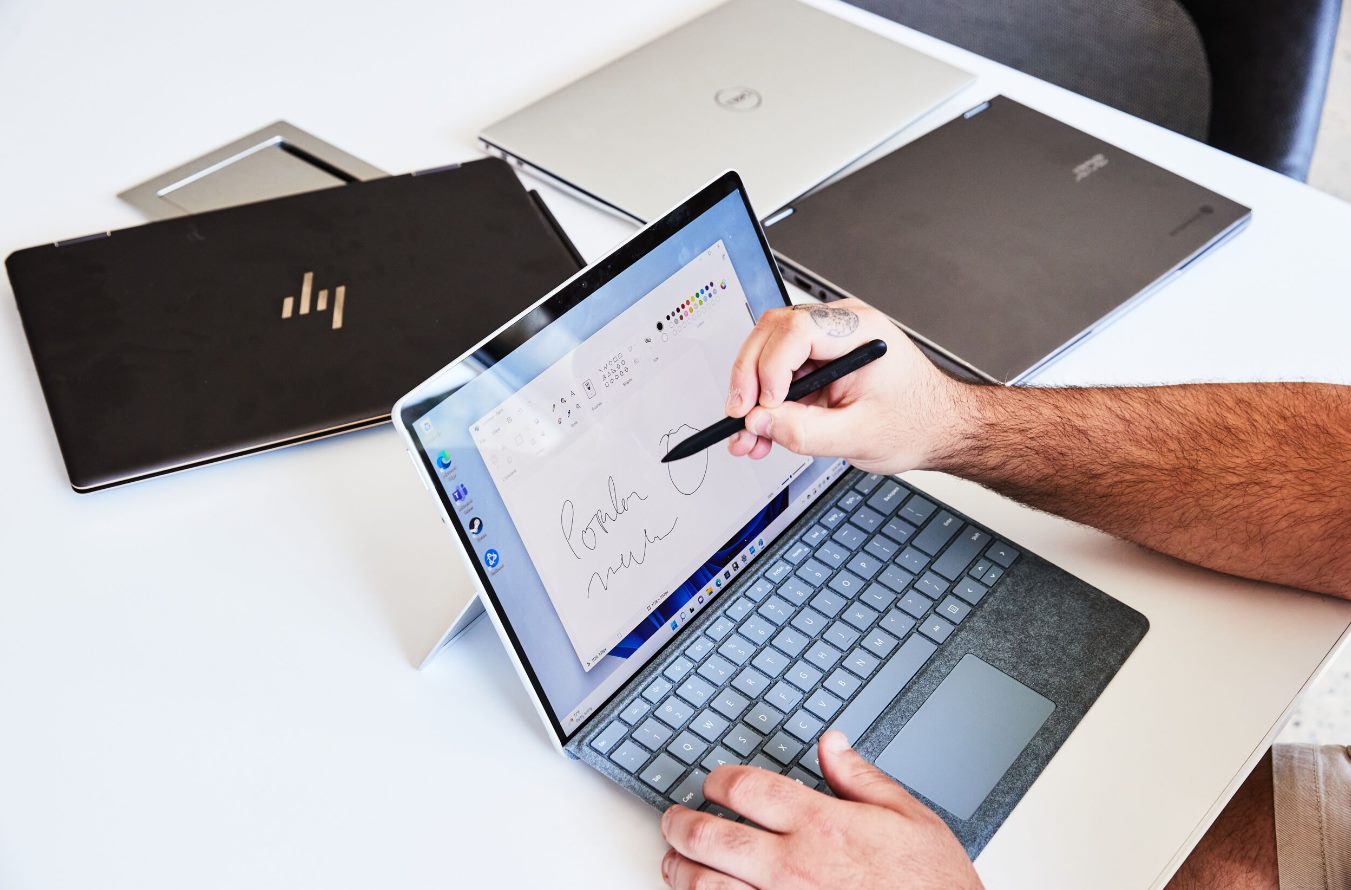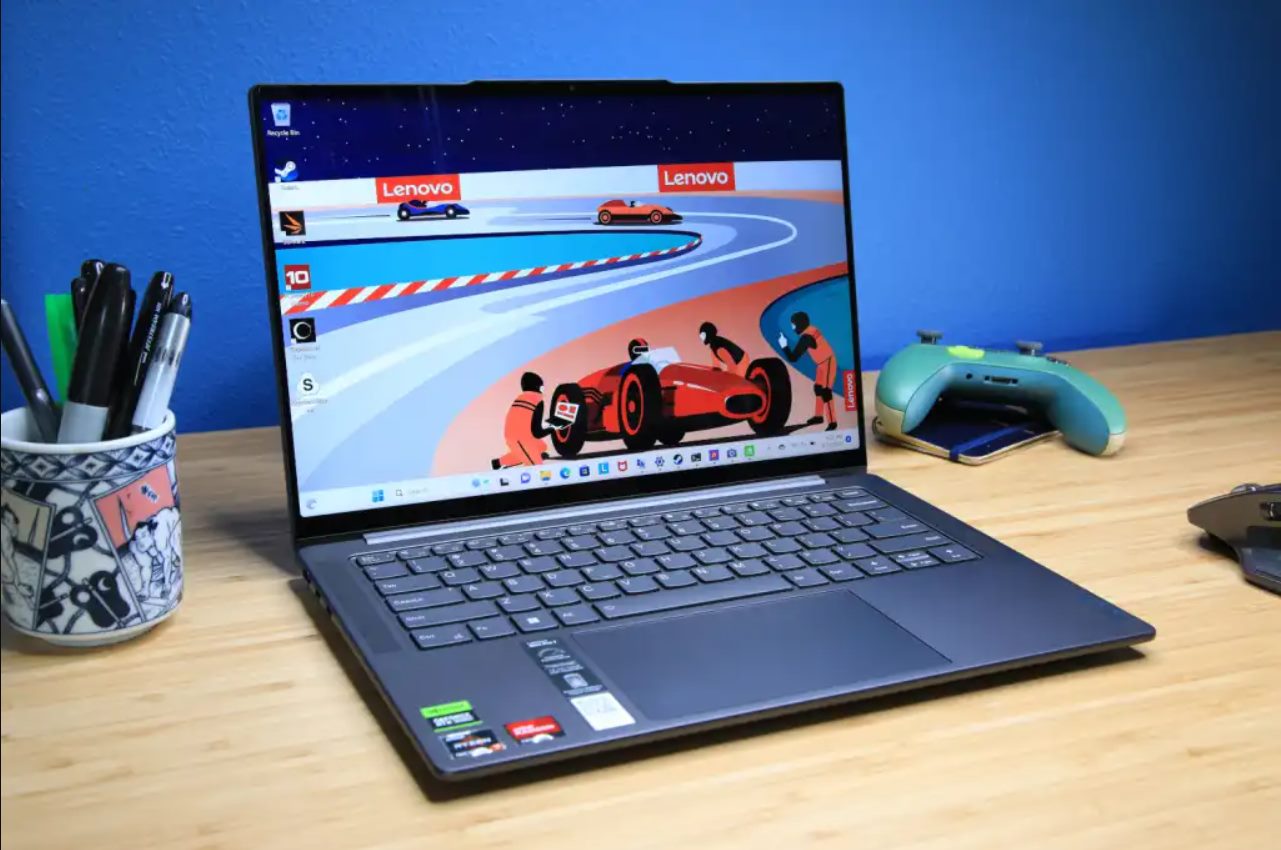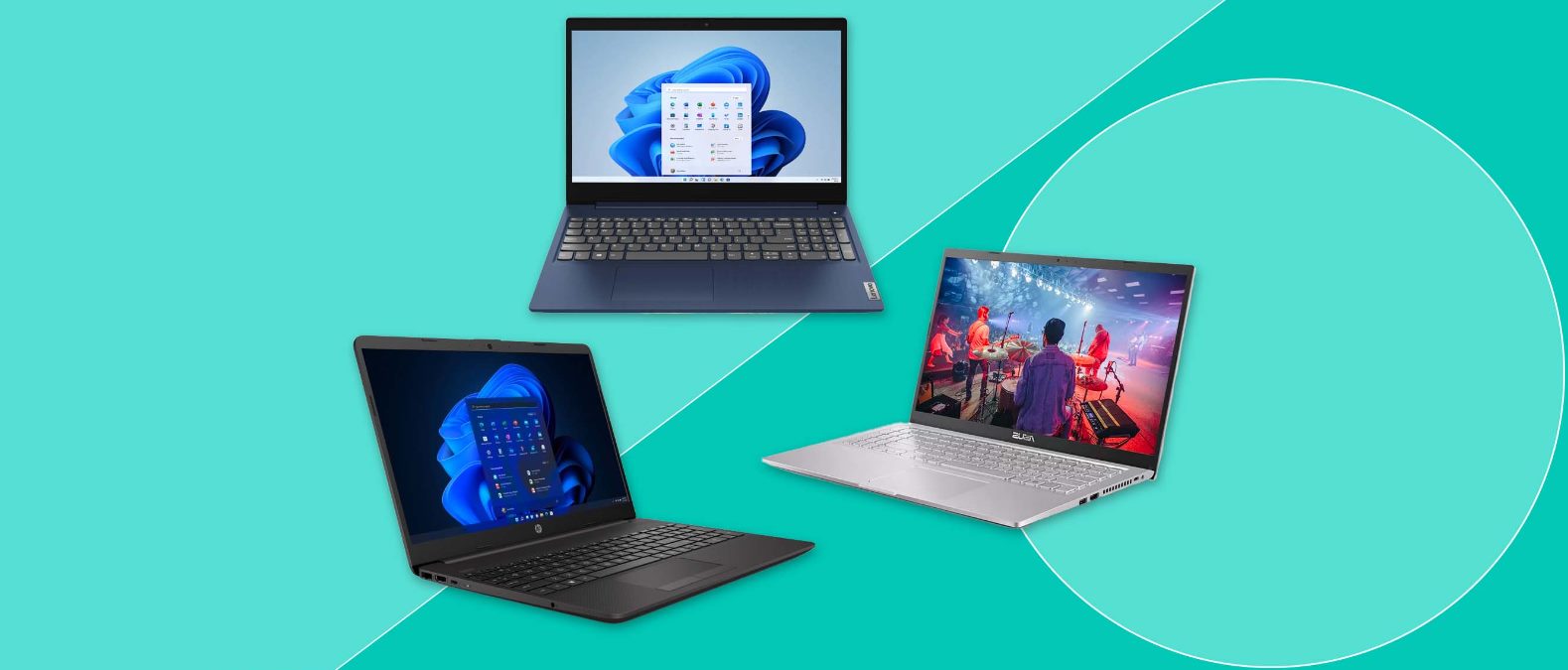Introduction
Welcome to this helpful guide on how to boot your Lenovo Ultrabook from a USB drive. Whether you need to install a new operating system or perform system diagnostics, booting from a USB drive can be a convenient and efficient solution. By following the steps outlined in this guide, you’ll be able to successfully boot your Lenovo Ultrabook from a USB drive in no time.
The process of booting from a USB drive may seem daunting at first, especially for those who are not familiar with BIOS settings. However, with the right instructions and a little patience, you’ll be able to easily navigate through the necessary steps.
Before we begin, it’s important to note that the specific steps may vary slightly depending on the model of your Lenovo Ultrabook. Be sure to consult your user manual or Lenovo’s support website for any model-specific instructions. With that said, let’s dive into the steps to boot your Lenovo Ultrabook from a USB drive.
In the next sections, we will cover everything from preparing the USB drive to accessing the BIOS menu and changing the boot order. By the end of this guide, you’ll have all the knowledge you need to successfully boot your Lenovo Ultrabook from a USB drive.
Step 1: Prepare the USB Drive
The first step in booting your Lenovo Ultrabook from a USB drive is to properly prepare the USB drive. Here are the steps to follow:
- Choose a USB drive: Start by selecting a USB drive that is compatible with your Lenovo Ultrabook. Ensure that the USB drive has enough storage capacity to hold the necessary files.
- Backup important data: Before proceeding, it’s crucial to back up any important data that may be present on the USB drive. This will prevent any potential loss of data during the booting process.
- Format the USB drive: Connect the USB drive to your computer and format it to ensure it is clean and free from any conflicting files. You can format the drive by right-clicking on it in the file explorer and selecting the format option.
- Create a bootable USB: Next, you’ll need to create a bootable USB drive. There are several software programs available that can help you accomplish this task. One popular option is Rufus, which is a lightweight and user-friendly tool that allows you to create bootable USB drives.
- Download the operating system or diagnostic tool: Depending on your needs, you’ll need to download the operating system or the specific diagnostic tool that you want to boot from. Make sure to download the correct version and save it to your computer.
- Use Rufus to create the bootable USB: Open Rufus and select the USB drive you want to use. Then, click on the “Select” button next to the “Boot selection” section and navigate to the location where you saved the downloaded operating system or diagnostic tool. Once selected, click on the “Start” button to begin creating the bootable USB.
- Wait for the process to complete: The process of creating a bootable USB may take some time, depending on the size of the files and the speed of your computer. Wait for the process to complete, and ensure that there are no interruptions during the process.
Once you have completed these steps, your USB drive will be prepared and ready to be used for booting your Lenovo Ultrabook. In the next section, we will explore how to access the BIOS menu of your Ultrabook.
Step 2: Access the BIOS Menu
In order to boot your Lenovo Ultrabook from a USB drive, you’ll need to access the BIOS menu. The BIOS (Basic Input/Output System) is a built-in software that controls the basic functions of your computer, including hardware settings and boot order.
Follow these steps to access the BIOS menu:
- Power on your Lenovo Ultrabook: Start by turning on your Lenovo Ultrabook.
- Press the appropriate key: While the computer is booting up, you’ll need to press a specific key to access the BIOS menu. The key may vary depending on your Ultrabook model, but commonly used keys include F2, F12, and Del. Refer to your user manual or the Lenovo support website to find the correct key for your model.
- Enter the BIOS menu: Once you press the designated key, the BIOS menu will appear on your screen. This menu provides access to various settings and configurations of your Ultrabook.
It’s important to note that the time window to press the key to access the BIOS menu is limited, usually appearing for just a few seconds during the booting process. If you miss the window, you’ll need to restart your Ultrabook and try again.
Upon successfully entering the BIOS menu, you will have access to a range of options and settings. In the next section, we will explain how to change the boot order to prioritize the USB drive for booting.
Step 3: Change the Boot Order
After accessing the BIOS menu, you’ll need to change the boot order to prioritize the USB drive. By doing so, your Lenovo Ultrabook will attempt to boot from the USB drive before booting from other devices like the internal hard drive or CD/DVD drive.
Follow these steps to change the boot order:
- Navigate to the “Boot” tab: Inside the BIOS menu, look for a tab or section labeled “Boot.” Use the arrow keys on your keyboard to navigate to this tab.
- Locate the “Boot Order” or “Boot Priority” option: Within the “Boot” tab, there will be an option to change the boot order. The specific name may vary depending on your Ultrabook model.
- Set the USB drive as the first boot option: Once you’ve located the boot order option, highlight it and press Enter. From the list of available devices, select the USB drive and move it to the top of the boot order list. This will ensure that the Ultrabook attempts to boot from the USB drive first.
- Save the changes: After prioritizing the USB drive in the boot order, save the changes you made in the BIOS menu. Look for an option like “Save and Exit” or “Exit and Save Changes.” Press the corresponding key to save the changes and exit the BIOS menu.
It’s worth noting that some Ultrabook models may offer additional boot settings, such as “UEFI Boot” or “Legacy Boot.” Depending on your specific requirements or the type of USB drive you’re using, you may need to enable or disable these settings. Consult your user manual or the Lenovo support website for guidance on the appropriate boot settings for your model.
Once you’ve saved the changes and exited the BIOS menu, your Lenovo Ultrabook will be configured to boot from the USB drive. In the next step, we’ll learn how to actually boot from the USB drive.
Step 4: Save and Exit BIOS
After making the necessary changes to the boot order in the BIOS menu, it is important to save the changes and exit the BIOS to ensure that your Lenovo Ultrabook is configured correctly. Here’s how to save and exit the BIOS:
- Review the changes: Before saving and exiting the BIOS, take a moment to verify that the boot order has been correctly modified to prioritize the USB drive.
- Save the changes: Look for a key or option to save the changes you made in the BIOS menu. Depending on your Ultrabook model, this may be labeled as “Save Changes” or “Apply Changes.” Press the designated key or select the appropriate option to save your modifications.
- Exit the BIOS: Once you’ve saved the changes, navigate to the option to exit the BIOS menu. It is typically labeled as “Exit” or “Exit BIOS.” Press the corresponding key or select the option to exit the BIOS.
- Confirm the restart: As you exit the BIOS menu, your Lenovo Ultrabook will likely prompt you to restart the computer. Confirm the restart by selecting the “Yes” or “OK” option.
When your Lenovo Ultrabook restarts, it will boot according to the new boot order settings you configured in the BIOS. The USB drive should now be recognized as the primary boot device, allowing you to proceed with the booting process.
It’s important to note that if you want to revert the changes made in the BIOS at any point, you can enter the BIOS menu again and reset the boot order to its default settings. This can be useful in case you want to prioritize other devices for booting in the future.
With the boot order modified and the changes saved, it’s time to proceed to the final step – actually booting from the USB drive. We’ll cover that in the next section.
Step 5: Boot from the USB Drive
After configuring the boot order and saving the changes in the BIOS menu, it’s time to boot your Lenovo Ultrabook from the USB drive. Follow these steps to initiate the boot process:
- Insert the bootable USB drive: Make sure the prepared USB drive is inserted into one of the available USB ports of your Lenovo Ultrabook.
- Power on your Ultrabook: Press the power button to turn on your Lenovo Ultrabook.
- Watch for the boot menu key: As the computer is booting up, keep an eye out for a prompt or message indicating the key to access the boot menu. The boot menu key is typically F12, but it may vary depending on your Ultrabook model. Refer to your user manual or the Lenovo support website to find the correct boot menu key for your device.
- Access the boot menu: Press the appropriate boot menu key repeatedly until the boot menu appears on the screen. This menu allows you to select the device from which you want to boot.
- Select the USB drive: Using the arrow keys on your keyboard, navigate to the USB drive option in the boot menu. Once the USB drive is selected, press Enter to confirm your choice.
By selecting the USB drive from the boot menu, your Lenovo Ultrabook will initiate the boot process from the USB drive rather than the internal storage. You may see a loading screen or a prompt to press any key to boot from the USB drive. Follow the on-screen instructions to proceed with the booting process.
Once the boot process is successfully initiated, you will be able to install the operating system or run the diagnostic tool from the USB drive, depending on your specific needs. Follow the prompts and instructions provided by the software to complete the desired task.
It’s important to note that the boot process from the USB drive may take some time, especially if you’re installing an operating system. Patience is key during this process, so avoid interrupting or turning off your Lenovo Ultrabook until the booting is complete.
Congratulations! You have successfully booted your Lenovo Ultrabook from the USB drive. Now you can enjoy the benefits of installing a new operating system or running diagnostics for troubleshooting purposes.
Conclusion
Booting your Lenovo Ultrabook from a USB drive is a handy skill to have, especially when you need to install a new operating system or perform system diagnostics. By following the steps outlined in this guide, you can easily achieve this task and take advantage of the flexibility and convenience it offers.
First, you learned how to prepare the USB drive by selecting a compatible one, backing up important data, formatting the drive, and creating a bootable USB using software like Rufus. Then, you explored the process of accessing the BIOS menu by pressing the appropriate key during the booting process.
In the BIOS menu, you discovered how to change the boot order to prioritize the USB drive and save the changes effectively. This ensured that your Lenovo Ultrabook would attempt to boot from the USB drive first.
Finally, you accessed the boot menu and selected the USB drive to initiate the boot process. This allowed you to install a new operating system or run diagnostics directly from the USB drive, catering to your specific needs.
Remember, the precise steps and options may vary slightly depending on your Lenovo Ultrabook model. It’s always a good idea to consult your user manual or the Lenovo support website for model-specific instructions.
By understanding how to set up and boot your Lenovo Ultrabook from a USB drive, you have empowered yourself to take control of your computer’s software environment and troubleshoot any issues that may arise. Whether you’re a technology enthusiast or someone who needs to perform routine system maintenance, this knowledge will undoubtedly come in handy.
So go ahead, confidently embark on your journey of booting your Lenovo Ultrabook from a USB drive, and make the most out of your computing experience!







